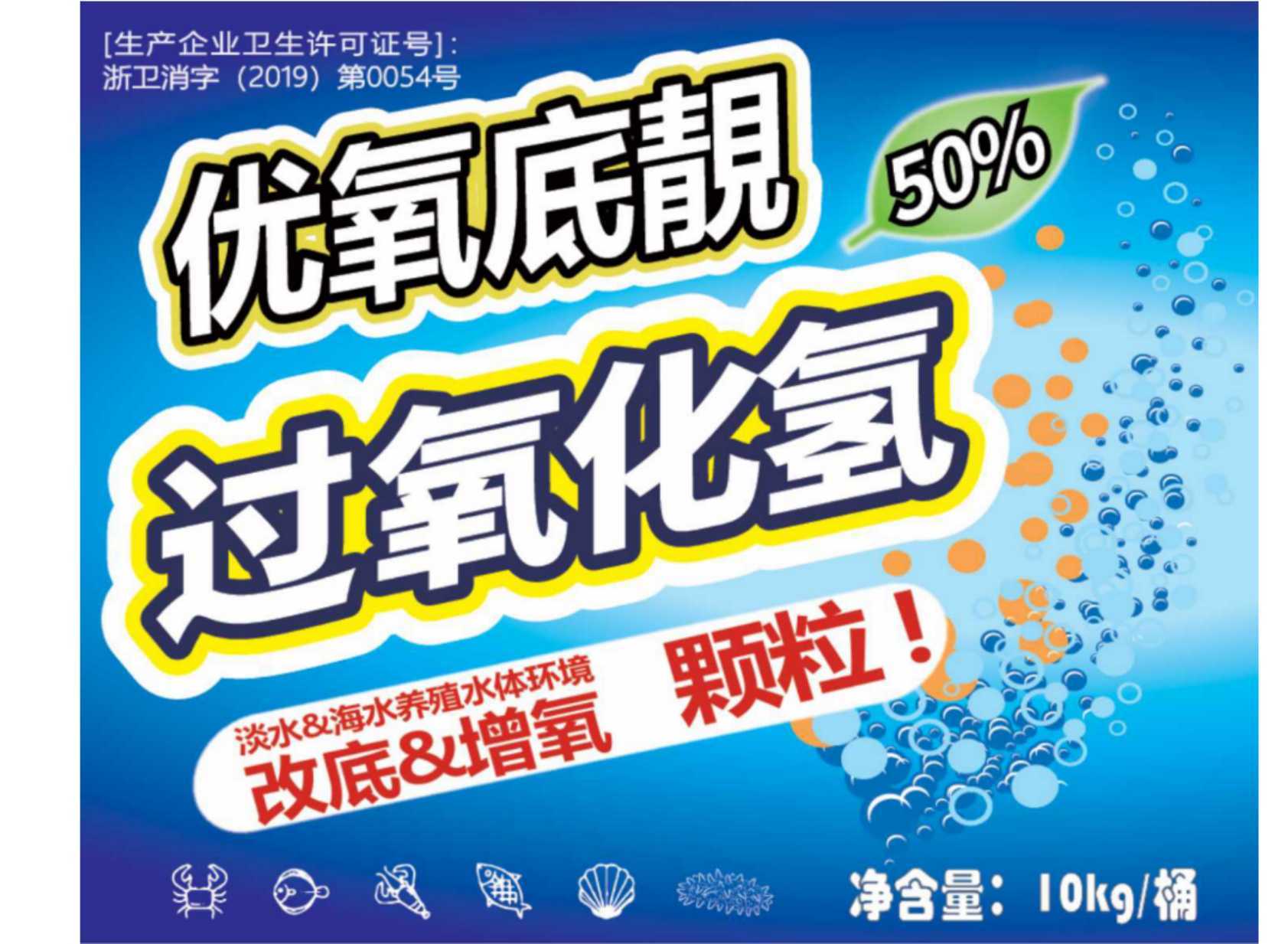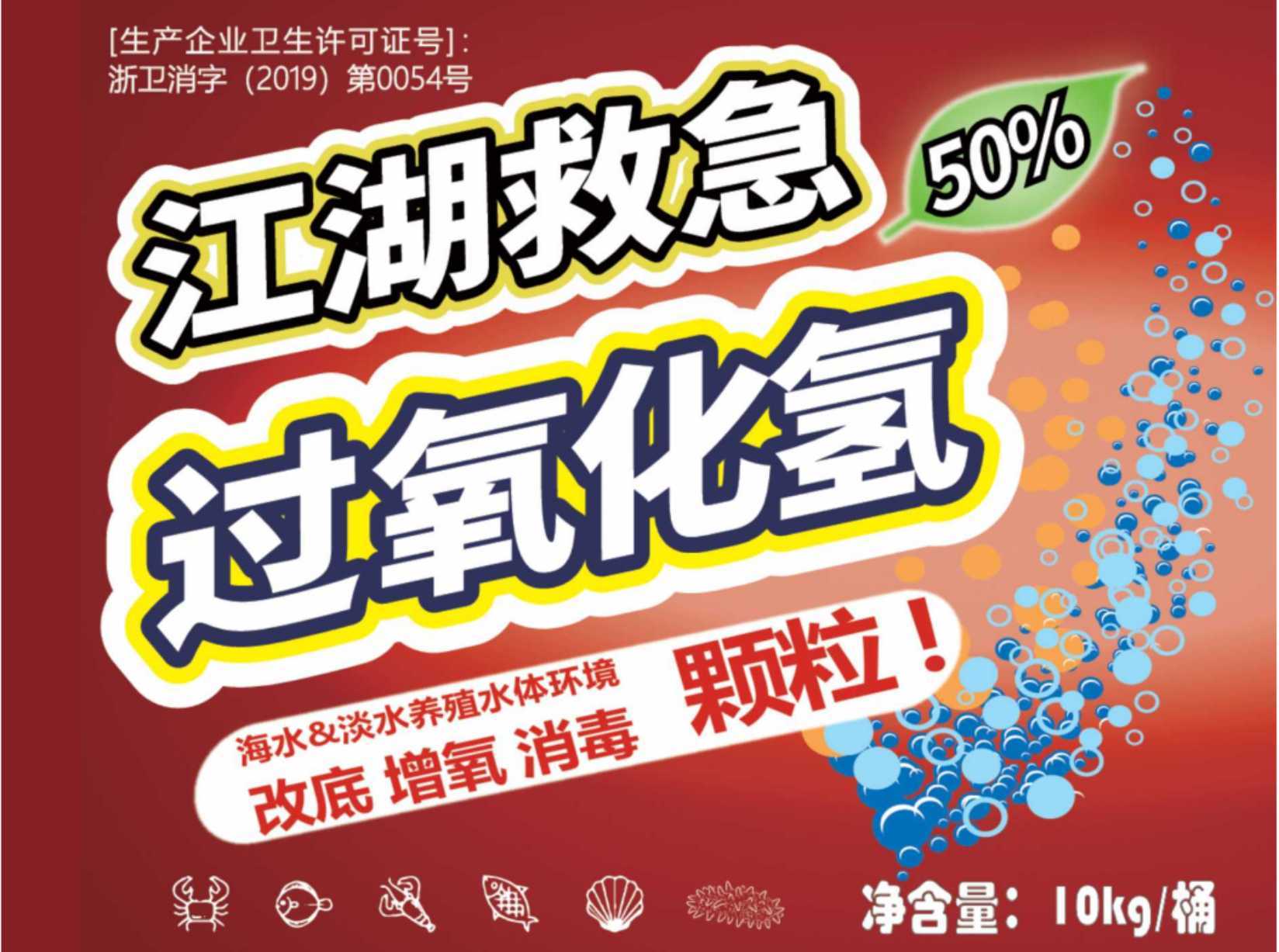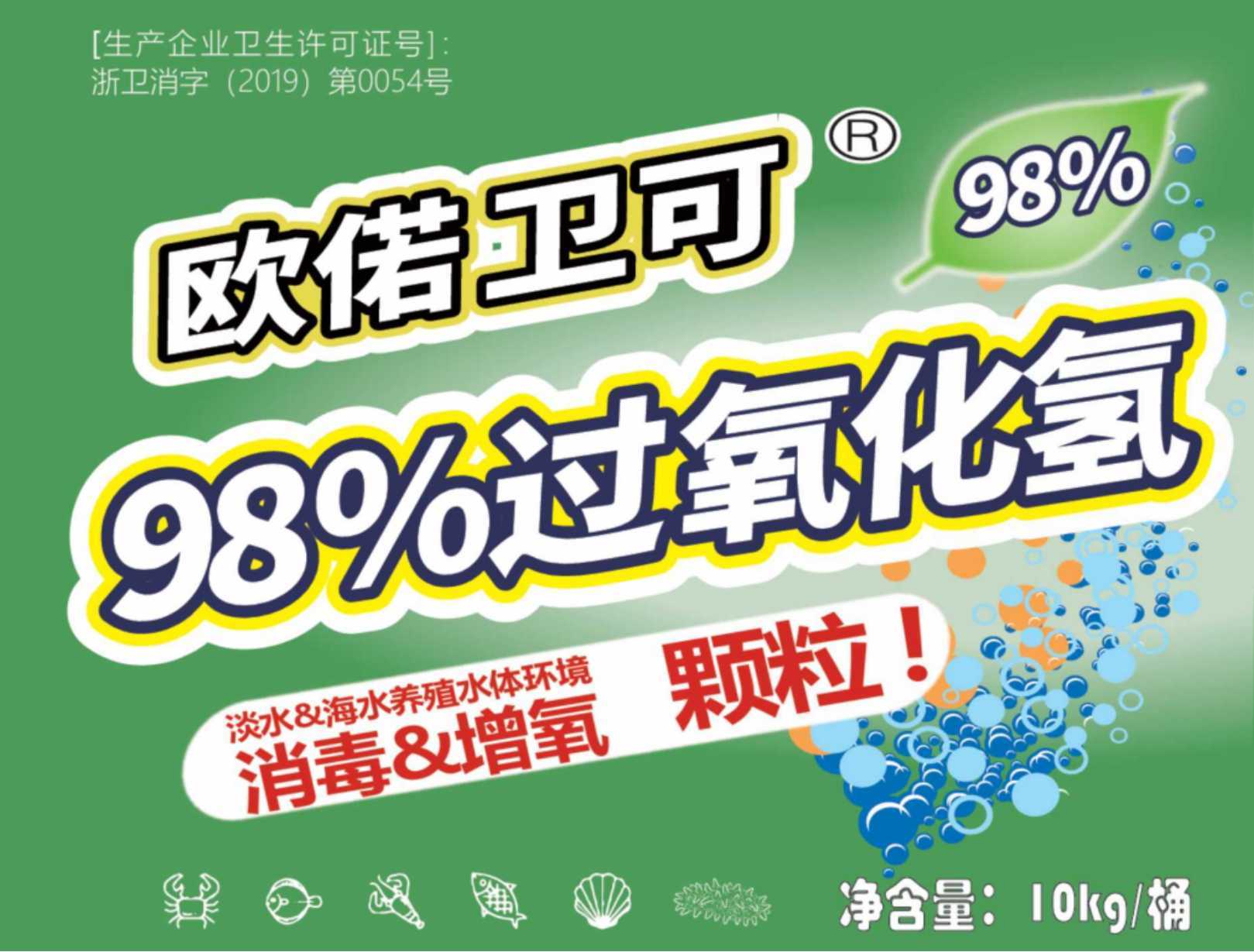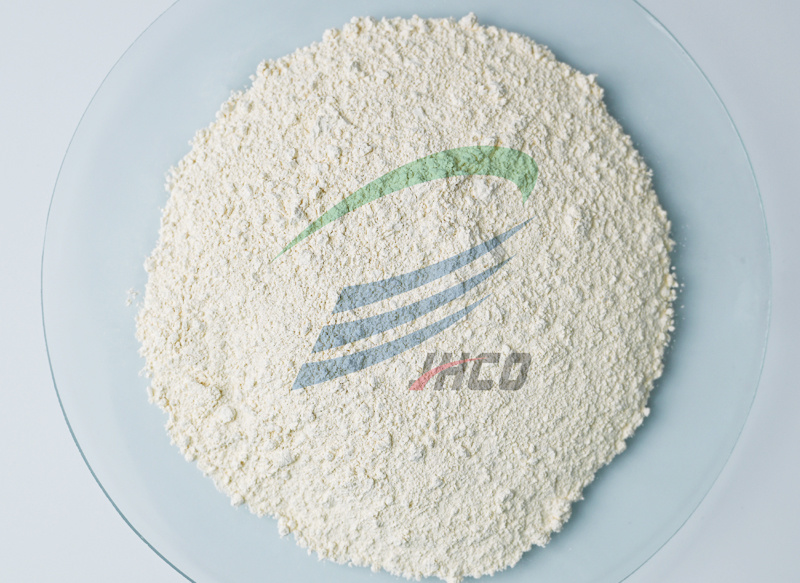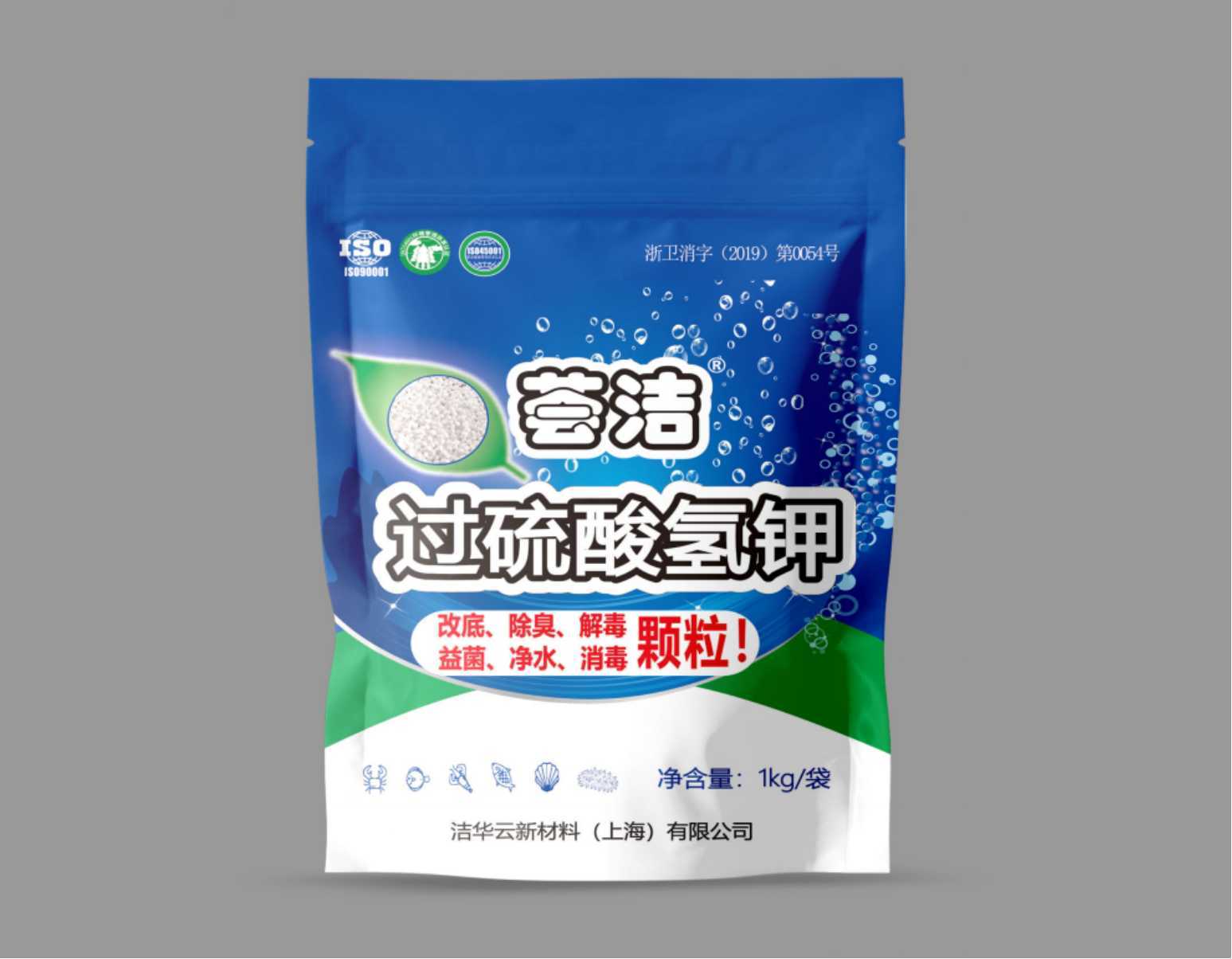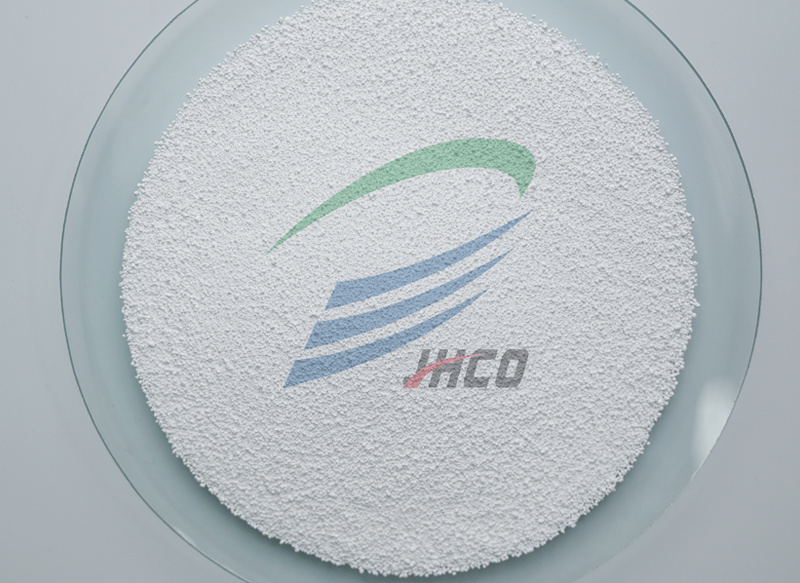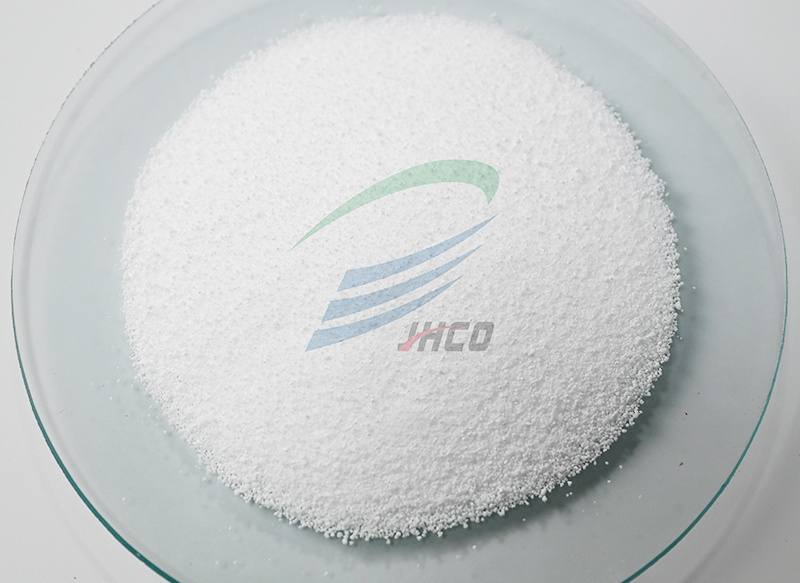Aeration, Filtration and Disinfection in Aquaculture
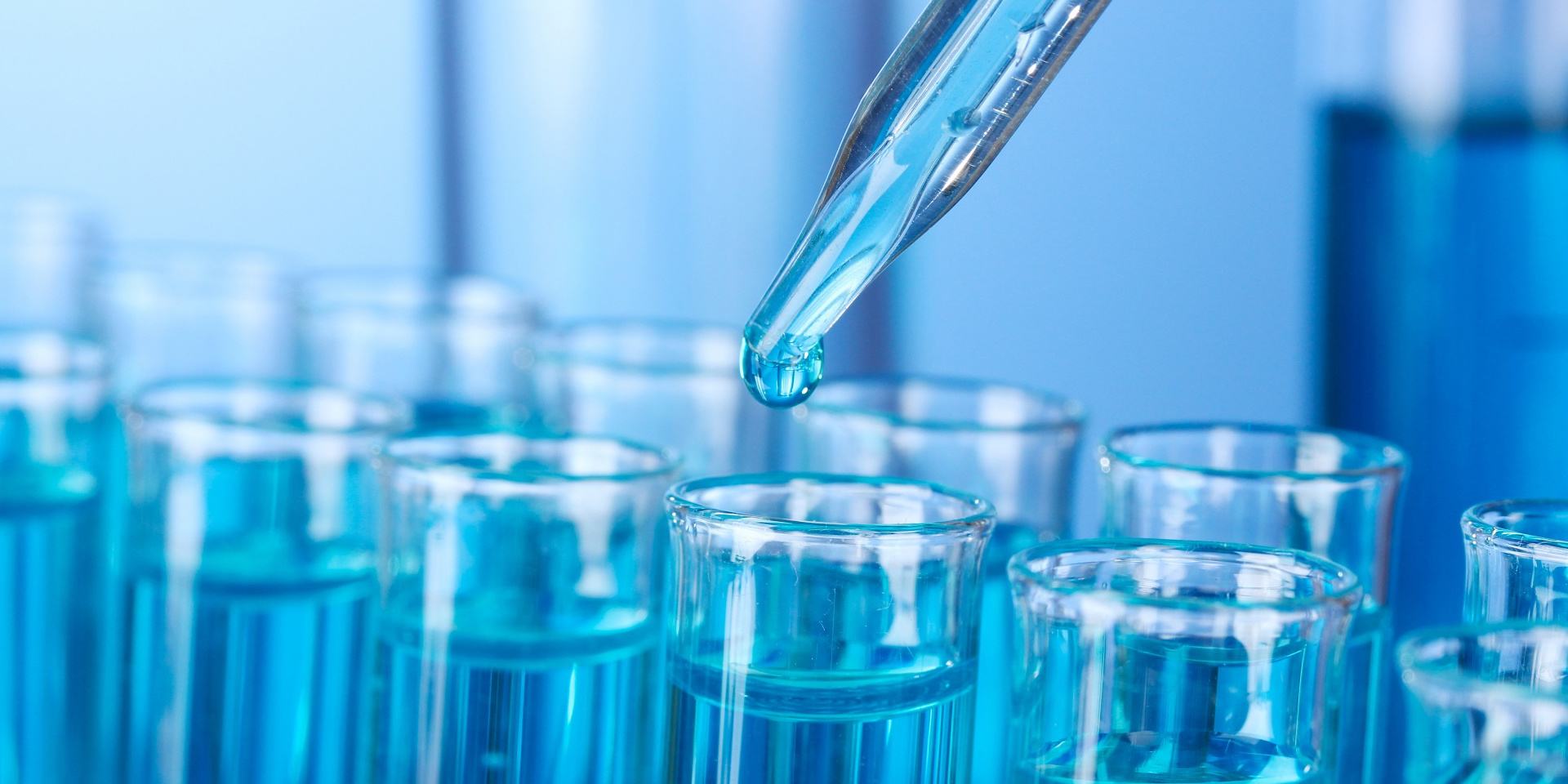
Water Quality Parameters
"Water quality is a priority before we start fish farming." is a scientific philosophy of pond fish production practice experienced in China for over two thousand years. The so-called "aquacultural water" refers to the cultivation and management of pond water quality. Nowadays, in high-density pond aquaculture, feeding a large number of feed, metabolic excrement, and residual bait, coupled with environmental pollution caused by the continuous deterioration of water quality, and acid rain, water quality management is critical.
Understanding water quality parameters will help in managing the pond. Those Parameters are dissolved oxygen (DO), pH, alkalinity, hardness, nutrients (bottom silt, organic materials like dead vegetation, landscape debris), carbon dioxide and harmful toxic substances, nitrogenous waste (ammonia), hydrogen sulfide, methane, etc.
Low dissolved oxygen levels in ponds are most common in Summer. When oxygen levels are low 1.7 ppm will swim to the surface of shrimp (shrimp floating head), and most will die when molting. Fish will also have a floating head phenomenon. Continued exposure to low DO is also considered a precursor to bacterial infections in fish as well. Aquiculture pond environment dissolved oxygen is considered a big parameter, fish die-offs are often the result of Low oxygen concentration in farm ponds.
Judging the severity of hypoxic floating heads:
| 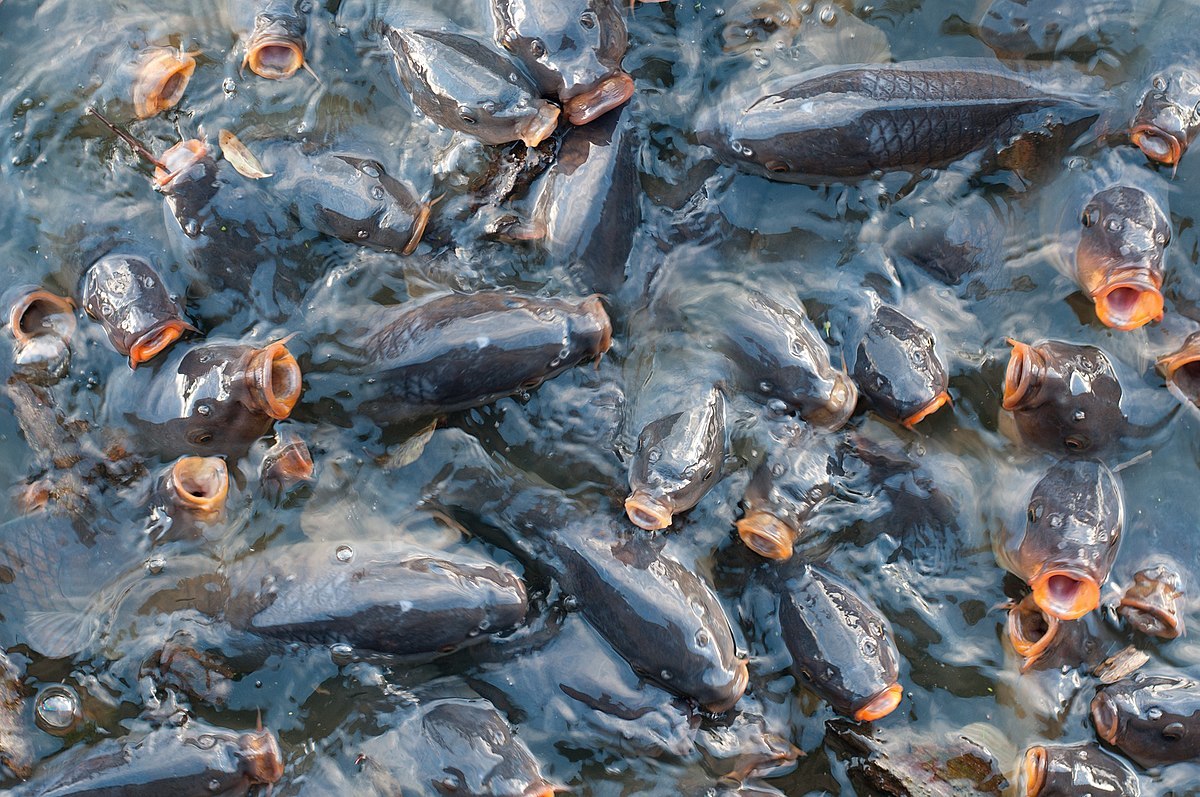 |
The Importance of Dissolved Oxygen in Water for Aquaculture
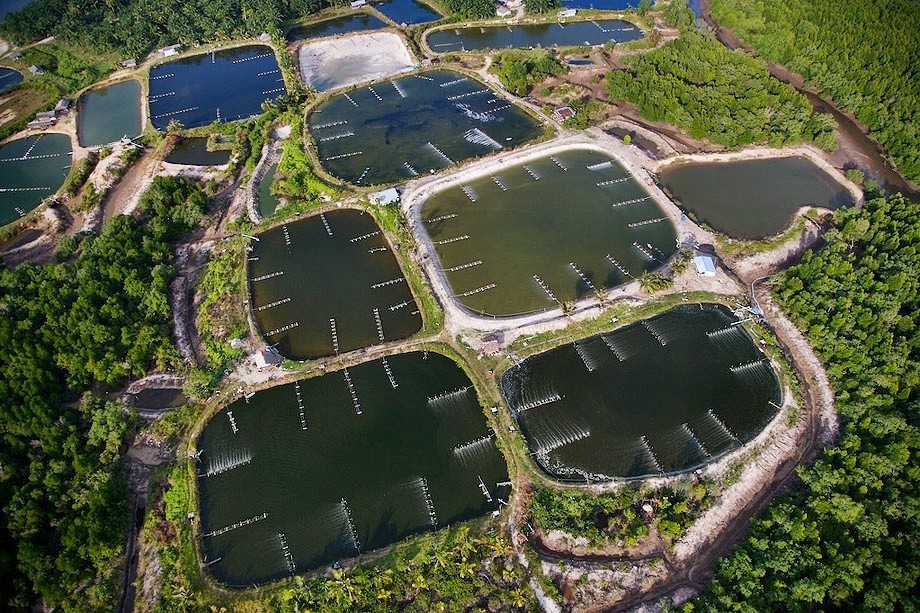 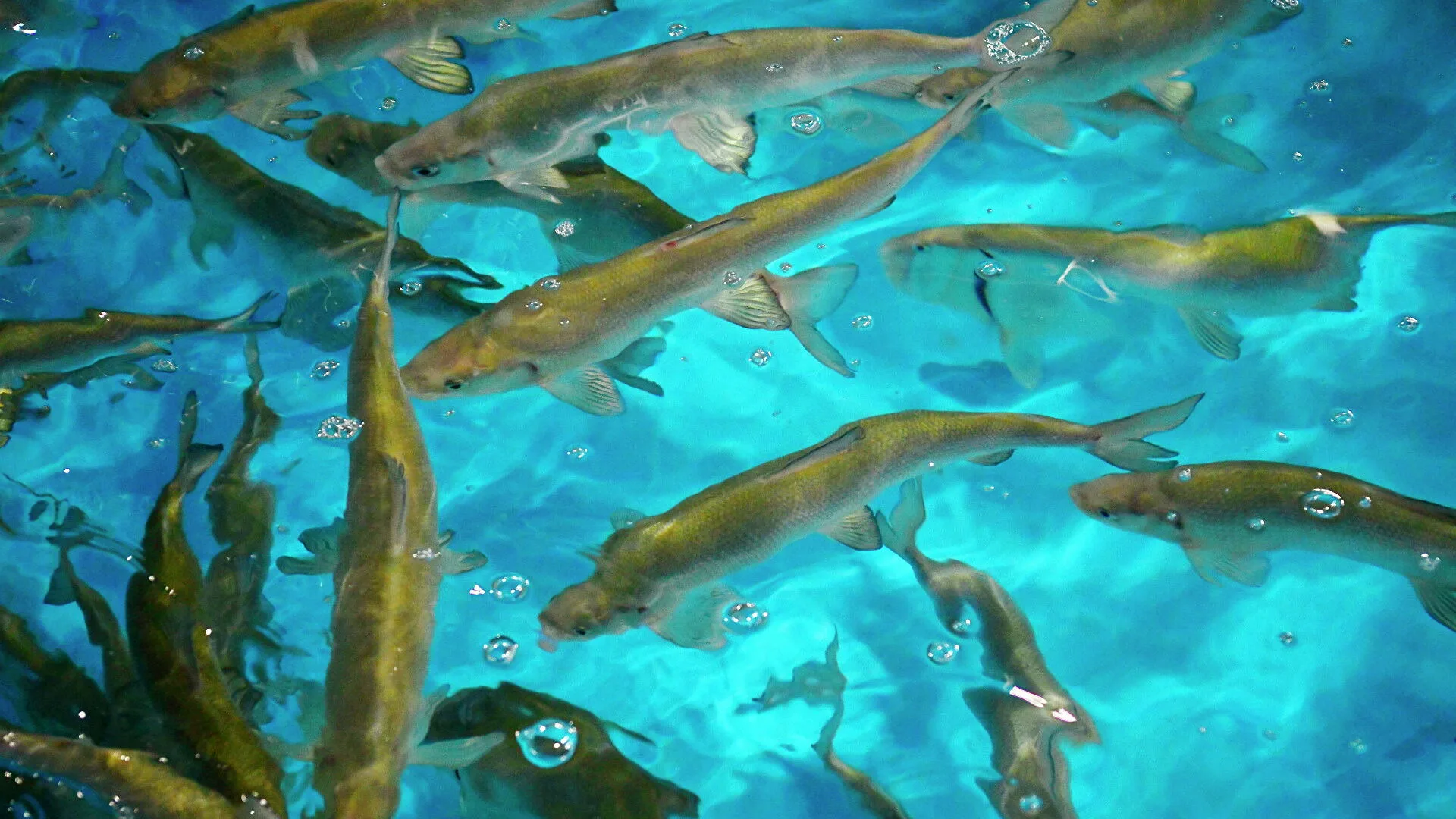  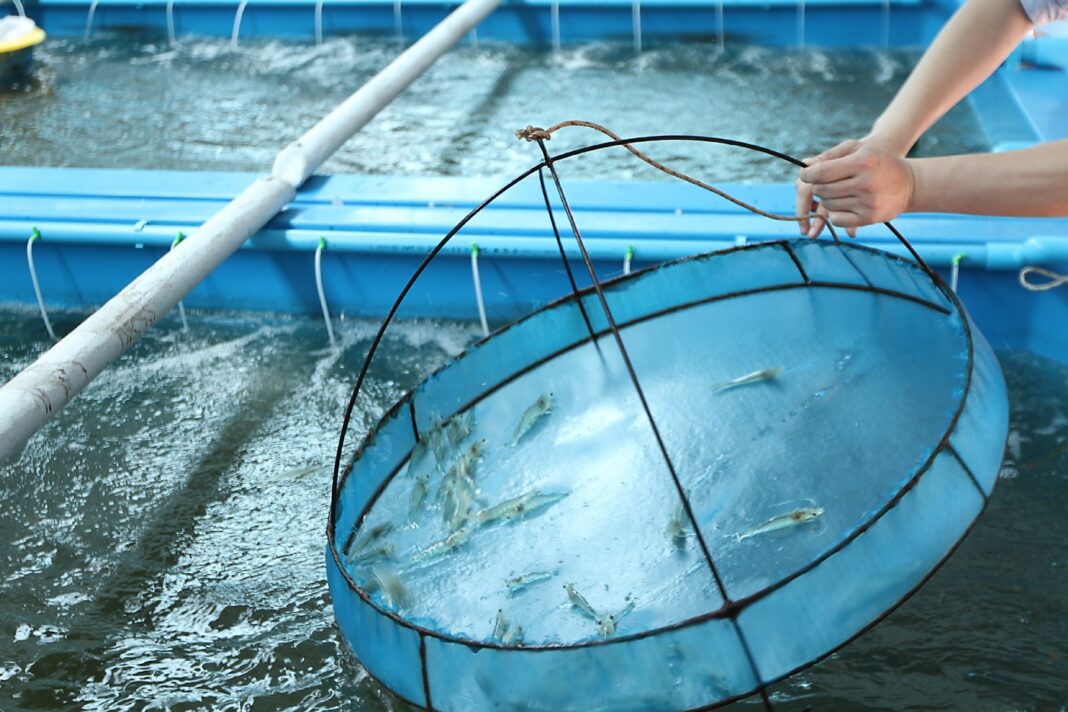 | The Main Type of Water Quality Parameters:Dissolved Oxygen (DO) Dissolved oxygen (DO) is one of the most important indicators of water quality. It not only affects the feeding, digestion, absorption, growth, development, and survival of feeding animals but also affects other water quality factors and microbial activities. In the case of rich dissolved oxygen, the harmful and toxic parts of the pond water are directly oxidized, and the aerobic microbial activities are active, accelerating the decomposition of organic matter and harmful and toxic substances, accelerating the material circulation of the pond, and improving the productivity of the pond. In addition, in the case of rich dissolved oxygen, the disease resistance of raising animals is enhanced, the activity of anaerobic bacteria is inhibited, and the disease is relatively less.
Where does Dissolved Oxygen in pond come from?
Consumption of Dissolved Oxygen in ponds:
How to Increase Dissolved Oxygen levels in pond water:
For example: 2CaO2+2H2O=2Ca(OH)2+O2 1kg calcium peroxide can be put into water to produce 77800ml oxygen, and can continuously produce oxygen for more than 200 days in 20℃ water. If usually used, it is once a month, 1-2kg per mu each time. |
The Application of Calcium Peroxide in Aquatic Products
According to the research data of the Department of Aquaculture of Northeast Agricultural University and the Aquaculture Technology Extension Station of Liaoning Province, it is found that calcium peroxide is used as an oxygen release agent to increase dissolved oxygen in water, which is typically used in limited waters, improve feeding density and increase unit output, and solve the problem of anoxia in aquaculture water which leads to floating head or flooding pond phenomenon, especially in the wintering period of aquatic animals. Calcium peroxide does not release oxygen as quickly as other chemicals (the decomposition rate will be accelerated when the water temperature rises and the pH decreases), but a stable and durable source of oxygen, because of this, it is considered to be a thrifty oxygen source, thus widely used in aquaculture, the following are the benefits of using the right amount of calcium peroxide:
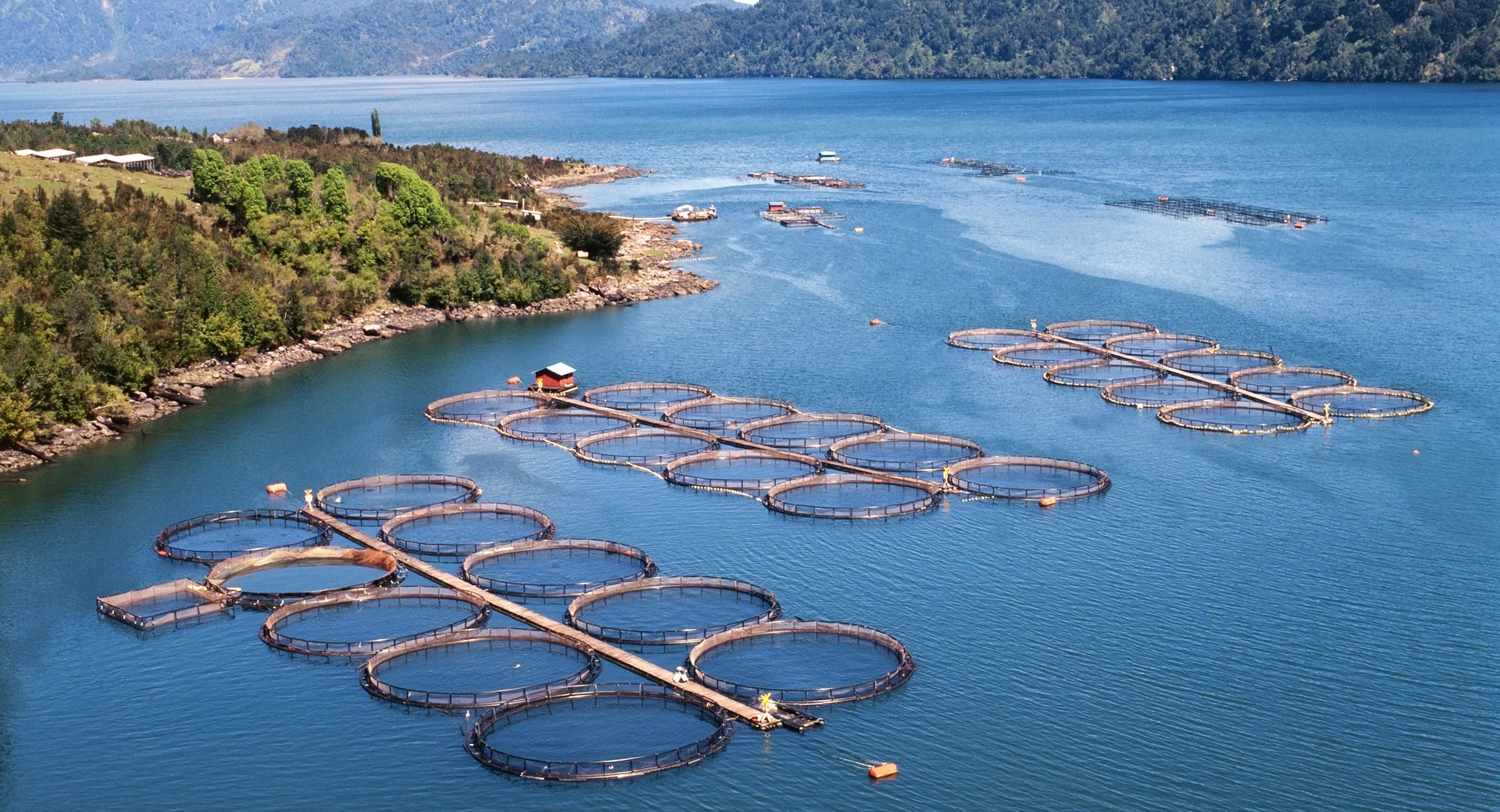
1. Improve the pond bottom to eliminate Hydrogen Sulfide
In an ice-bound overwintering pond, applying 35 mg/l calcium peroxide will eliminate hydrogen sulfide (one of the sources of foul odor) after two days. The fundamental reason for eliminating hydrogen sulfide is that the applied calcium peroxide slowly releases oxygen in the process of slowly settling to the bottom of the overwintering pond, which changes the hypoxia condition of the bottom of the pond, and then loses the conditions for hydrogen sulfide production due to its oxidation effect.
Therefore, Calcium Peroxide has:
--The function of improving pond bottom and eliminating hydrogen sulfide
--Improving the water quality and bottom environment of aquaculture water bodies
--Increasing dissolved oxygen in water bodies
--Reducing the content of ammonia nitrogen, hydrogen sulfide and harmful heavy metal particles in water bodies
--Providing functions such as trace elements needed for the growth of fish and shrimp
2. Purify Water Quality
The application of calcium peroxide in the pool water, in its gradual aquaculture industry (especially pond farming) use of calcium peroxide this reaction characteristic, on the one hand is used to save aquatic animals floating head or pond phenomenon, on the other hand can be used for a long time to improve the aquaculture water environment. The fish overwintering pool is oxygenated with 3.5 mg/l calcium peroxide (60% content), and in the fish growing season, 5.0 mg/l calcium peroxide (13% effective oxygen) is sprinkled throughout the pool. In addition, the use of calcium peroxide in the transportation of live fish has the same oxygenating effect.
3. Adjust the pH (pH) of the water body
Calcium peroxide is an alkaline reaction in water, and its process is the same as oxygen production, but also slowly; But the impact on pH varies depending on the water source and water quality. When calcium peroxide is added to tap water, pH is positively correlated with the dose of calcium peroxide applied. Adding calcium peroxide to water transported by live fish can neutralize carbon dioxide exhaled by high-density fish. After applying calcium peroxide to the water body of the fish culture tank, the influence of carbon dioxide, organic acid, bivalent metal ions, and other substances in the water on fish can be reduced, and the pH can be increased. However, it should be noted that when the concentration of calcium peroxide is applied to a certain amount, the pH will exceed the tolerance limit of fish.
4. Reduce or eliminate carbon dioxide to avoid acidification of water body
Live fish transportation process or fish wintering period (ice sealing), due to the large density of fish, exhaled carbon dioxide to the outside (air) escape less, the gradual accumulation of up to 20 to 40 mg/l in the water body, resulting in water acidification, impeding the absorption and utilization of dissolved oxygen by fish. Such as live fish to transport water add 500 mg/l of calcium peroxide can eliminate carbon dioxide.
5. Reduce ammonia nitrogen content in water
Calcium peroxide can promote nitrification and reduce the content of ammonia nitrogen in water. Therefore, in aquaculture or transportation water, applying a certain dose of calcium peroxide can significantly reduce ammonia nitrogen and nitrite nitrogen, to improve the water quality. If 35 mg/l calcium peroxide is applied in the wintering pond, the ammonia nitrogen can be reduced by 75% after 30 days; The application of 50 mg/l calcium peroxide in the fish pond can reduce ammonia nitrogen by 35% in 5 days. During the sedimentation process, the organic matter and suspended matter in the water can be condensed, and gradually form a flocculent colloidal substance to sink to the bottom or form a foam-like substance to float on the side of the pool, clarify the aquaculture water body, and play a role in purifying the water quality. At the same time, it increases the transparency of the water body, promotes the photosynthesis of phytoplankton, increases the dissolved oxygen and compensation depth of the water body, creates good conditions for the survival and growth of benthic fish, and promotes the growth of unit production.
6. Increase the hardness of water
Applying 30 to 50 mg/l of calcium peroxide in the aquaculture water body, the total hardness increased by 15% to 35% after 2 days, improving the alkaline saturation of the bottom of the pool, and neutralizing the organic acids accumulated in the pond bottom and being alkaline, promoting the activities of beneficial microorganisms at the bottom of the pool, accelerating the decomposition and mineralization of organic matter. At the same time, it also increases the content of calcium ions in the water body and the buffering capacity of the water body and prevents diseases such as soft shells and cartilage of aquatic animals.
7. Eliminate pathogenic bacteria
Calcium peroxide inhibits the growth of anaerobic organisms, and when used as an oxidizer for disinfection, it is effective in killing anaerobic and disease-causing bacteria.
How to Use
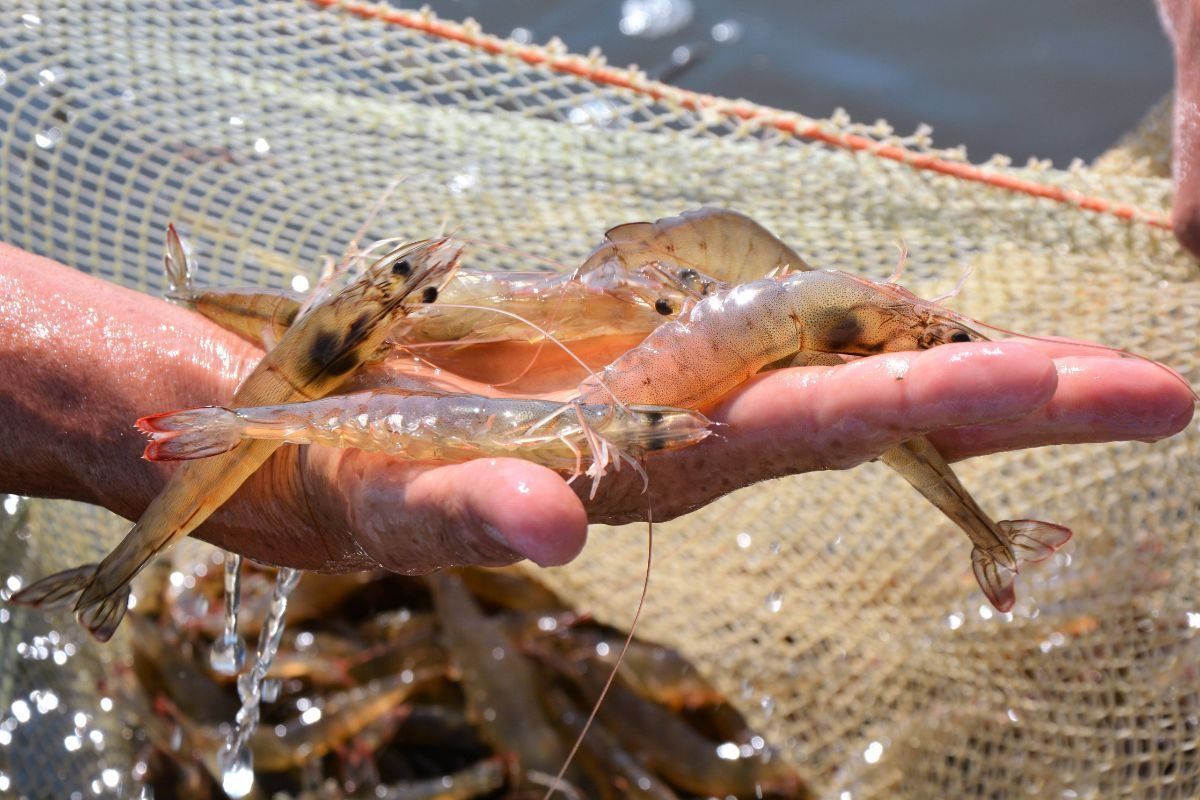 |
|
*Please find JHY domain experts for more details.
Notes
Of course, the more dissolved oxygen is not the better, in the case of supersaturated dissolved oxygen in the water, the fry inhales excessive oxygen in the microvessels precipitating oxygen bubbles, blocking the microvessels, and blood circulation. Without this, the supersaturated oxygen precipitated into microbubbles in the water, which were swallowed by the fry by mistake, and the fry formed a round bubble in the abdomen, which made the fry belly up, out of balance, and finally die.
Fry breeding bubble disease occurs in summer and autumn when the sun is strong. The way to deal with it at this time is:
① Start the aerator to stir the water and accelerate the overflow of supersaturated oxygen to the atmosphere
② Flood the pond with fresh water
③ Splash salt water, each mu with crude salt 5-10kg boiling water diluted the whole pond splash
④ Each mu pond with potassium permanganate (permanganate oxygen) 1.5-2kg boiled water diluted after the whole pond sprinkle and so on

- In addition to different specifications of calcium peroxide, our company has a variety of products to meet the needs of different aquaculture. Please find JHY domain experts for more details.
JHY,Your Trusted Partner
We not only have standardized products but also provide a one-on-one customized solution. No matter what challenges we meet, we solve them together. Should you have any questions or needs related to Aeration, Filtration and Disinfection in Aquaculture, please do not hesitate to contact our domain experts.
| 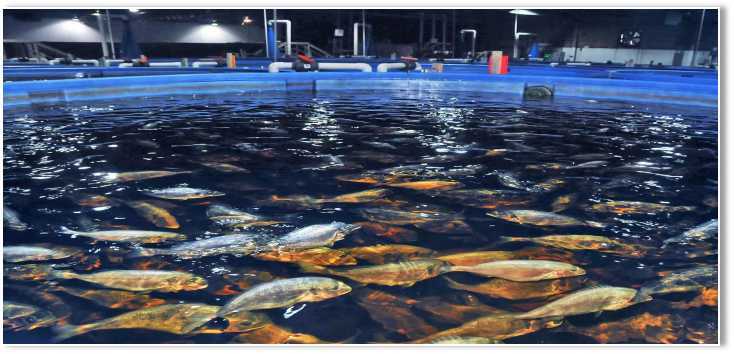 |
Key words: potassium hydrogen peroxymonosulfate compound salt, sodium percarbonate, sodium perborate, calcium peroxide, magnesium peroxide, solid hydrogen peroxide, magnesium silicate, magnesium aluminum silicate, composite powder, oil filter powder, anthraquinone regeneration catalyst
Related Products

